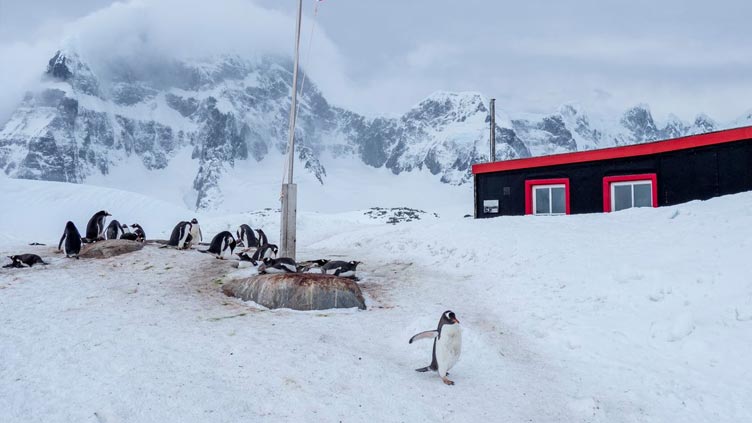World's most remote post office advertises rare job - which includes counting penguins

WeirdNews
Working at Base A comes with its on challenges, however.
(Web Desk) - Adventurous people have been applied for a job at the world’s most remote post office in Antarctica - with the description including counting penguins.
The post office at Port Lockroy, also known as the "Penguin Post Office", put out a call for an "inspirational and strong" team leader who will look after four to five people and help them run the seasonal operation of the site.
Working at Base A comes with its on challenges, however.
On top of the freezing temperatures, which will be just a few degrees above zero on most days, employees live in a purpose-built Nissen hut, have limited communication with the outside world and no access to running water.
Visiting ships will offer showers every few days but when conditions are poor staff might have to go up to two weeks without a shower.
In the the event of an emergency, medical evacuations to a hospital could take as many as seven days.
According to the job description, anyone wishing to work at Port Lockroy has to be physically and mentally able to do so.
As a team leader some of the responsibilities include managing staff, counting penguins, sorting mail and selling stamps and overseeing the museum display.
Advertising the job on Twitter, the UK Antarctic Heritage Trust which runs the site said: "Dream of waking up and seeing Antarctica in all its glory?
"Penguins plodding around, the sun peeping over snow topped mountains. A job like no other. Join us and help protect Antarctica’s heritage and conserve its precious environment."
undreds of people expressed their interest in working at the Penguin Post Office and the trust said it expected high volumes of applications.
Every year more than 18,000 visitors flock to Port Lockroy, which is one of the most visited sites in Antarctica and the primary source of income for the trust.
Base A was established in 1944 and operated as a British research station until it closed in 1962.
The abandoned base was recognised for its historical importance and contribution to British science and given the status of Historic Site and Monument (HSM) No. 61 under the Antarctic Treaty.
In 1996, Port Lockroy was restored as a "living museum" and since then has operated during the Austral summer as a visitor site welcoming those who travel to Antarctica on expedition vessels and yachts.


